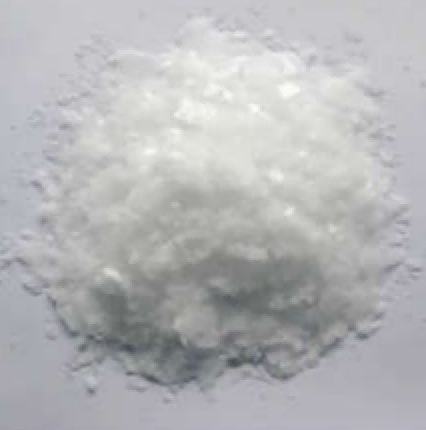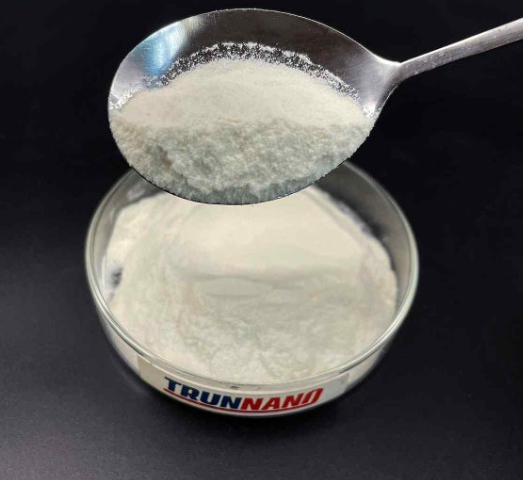1. Introduction
If you’ve ever read the back of a shampoo bottle or a toothpaste tube, you’ve likely seen the term ‘sodium lauryl sulfate’—often abbreviated as SLS. This common ingredient is a powerful surfactant responsible for that satisfying lather we associate with cleanliness. But what exactly is sodium lauryl sulfate? Is it safe? And how does it compare to other surfactants like sodium laureth sulfate or cocamidopropyl betaine? In this guide, we’ll break down everything you need to know about SLS, from its chemistry to its everyday uses and alternatives.

2. What Is Sodium Lauryl Sulfate?
Sodium lauryl sulfate (SLS), also known as sodium dodecyl sulfate or natrium lauryl sulfate, is an anionic surfactant derived from lauryl alcohol (often sourced from coconut or palm kernel oil). Chemically, it’s classified as an alkyl sulfate with the formula CH₃(CH₂)₁₁OSO₃⁻Na⁺. You might also see it labeled as ‘sls sodium lauryl sulfate,’ ‘na lauryl sulfate,’ or simply ‘lauryl sulfate.’ Despite minor naming variations—like ‘sulfate’ vs. ‘sulphate’—they all refer to the same compound.
3. The Meaning of Surfactant and How SLS Works
A surfactant—short for ‘surface-active agent’—is a molecule that reduces surface tension between liquids or between a liquid and a solid. This property allows surfactants to lift dirt, oil, and grime from surfaces, making them essential in soaps, shampoos, and detergents. SLS is an anionic surfactant, meaning it carries a negative charge in water. This contrasts with cationic surfactants (positively charged, like cetyl trimethyl ammonium bromide) and non-ionic surfactants (no charge, such as polysorbate 80 or decyl glucoside). Amphoteric surfactants, like cocamidopropyl betaine (also called coco betaine or amidopropyl betaine), can carry both positive and negative charges depending on pH.
4. Common Uses of Sodium Lauryl Sulfate

SLS is prized for its strong foaming and cleansing abilities. You’ll find it in:
- Toothpastes (for foaming and plaque removal)
- Shampoos and body washes
- Industrial cleaners and degreasers
- Some herbicide formulations as a surfactant for weed killer or lawn wetting agent
In agriculture, SLS can act as a wetting agent for grass, helping herbicides like Roundup spread evenly. However, milder options like methylated seed oil or lignin sulfonate are often preferred for sensitive applications.
5. Safety and Controversy

Despite its effectiveness, SLS has drawn criticism for being a potential skin and eye irritant, especially at high concentrations or with prolonged exposure. It’s generally considered safe in rinse-off products at low levels (typically under 1–2%). Regulatory bodies like the FDA and EU Commission permit its use within defined limits. Note that SLS is not the same as sodium laureth sulfate (also called sodium lauryl ether sulfate or laureth sulphate), which is milder due to ethoxylation—a process that adds ethylene oxide to the molecule (making it an ethoxylated alcohol derivative).
6. Popular Alternatives to SLS
As consumer demand for gentler, more natural products grows, many brands are replacing SLS with milder surfactants. Common alternatives include:
- Sodium laureth sulfate (SLES): less irritating than SLS but still effective
- Cocamidopropyl betaine: an amphoteric surfactant that boosts foam and reduces irritation
- Alkyl polyglucosides (e.g., decyl glucoside, coco glucoside): non-ionic, biodegradable, and derived from sugar and coconut oil
- Sodium cocoyl isethionate and sodium lauroyl sarcosinate: amino acid–based surfactants known for mildness
- Sodium coco sulfate: a blend often marketed as a ‘natural’ SLS alternative
Other niche surfactants include sodium deoxycholate (used in labs), sodium oleate (a soap), and bio surfactants like rhamnolipids for eco-friendly formulations.
7. Related Surfactants in Industry and Research
Beyond personal care, surfactants play critical roles in pharmaceuticals, agriculture, and manufacturing. For example:
- Polysorbate 80 and Span80 are nonionic surfactants used in drug delivery
- Pluronic 127 and Poloxamer 188 are block copolymers used in nanomedicine
- Sodium dodecylbenzene sulfonate is a common anionic surfactant in laundry detergents
- Cetyltrimethylammonium bromide (CTAB) is a cationic surfactant used in labs and disinfectants
- Fluoro surfactants offer extreme surface tension reduction but raise environmental concerns
Companies like Rohit Surfactants Private Limited supply industrial-grade surfactants, including SLS for sale in bulk for various applications.
8. Key Differences: SLS vs. SLES and Other Confusions
Many consumers confuse SLS with SLES (sodium laureth sulfate). While both are anionic surfactants, SLES is created by ethoxylating lauryl alcohol before sulfation, resulting in a larger, less penetrating molecule. Labels may say ‘sls sodium laureth sulfate’—which is technically incorrect; SLS and SLES are distinct. Also note that ‘ammonium lauryl sulfate’ (or ammonium dodecyl sulfate) is another anionic surfactant, similar to SLS but with an ammonium ion instead of sodium.
9. Conclusion
Sodium lauryl sulfate remains one of the most effective and widely used surfactants in cleaning and personal care products. While it’s safe when used as directed, its potential for irritation has spurred innovation in milder alternatives like alkyl polyglucosides, cocamidopropyl betaine, and sodium lauroyl methyl isethionate. Whether you’re formulating a shampoo, choosing a toothpaste, or mixing a weed killer, understanding the role and properties of surfactants—from anionic and cationic to non-ionic and amphoteric—helps you make informed decisions. As always, check ingredient lists and opt for products that match your skin’s sensitivity and environmental values.
Our Website founded on October 17, 2012, is a high-tech enterprise committed to the research and development, production, processing, sales and technical services of ceramic relative materials such as Sodium. Our products includes but not limited to Boron Carbide Ceramic Products, Boron Nitride Ceramic Products, Silicon Carbide Ceramic Products, Silicon Nitride Ceramic Products, Zirconium Dioxide Ceramic Products, etc. If you are interested, please feel free to contact us.


